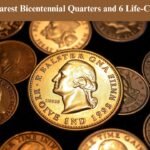One of the most challenging and popular coins among collectors is the 1976 Bicentennial quarter. Commemorating the celebration of America’s independence in the United States’ bicentennial year, this unique quarter was released in some quantities with unique design elements, such as a torch and a colonial drummer. Although many varieties are worth hundreds of dollars, unusual minting errors and any silver-clad Bicentennial quarters can bring a pretty penny.
Apart from the Bicentennial quarters, other unique and precious coins have been minted by the United States of America. Often, these coins happen due to defective minting or significant historical events. Due to the fact that many of these coins are highly prized by collectors, they command unbelievable amounts of money when sold in auctions or in individual trades.
Rare U.S. Coins with Notable Value
Bicentennial Quarter (1975-1976)

There are no quarters in the Bicentennial series that carry a date for the year 1975, although they were minted both for 1975 and for 1976. There were two basic finishes available for these quarters; one was standard clad while the other was silver clad. The silver clad version was actually intended specifically for collectors. Some of these error coins, like a silver-clad quarter and mistake coins, such as a doubled picture or improper metal composition, can bring in very high prices, as in mint condition, it can go to an amount of as high as $500 or more.
1955 Lincoln Penny – Double Die Error
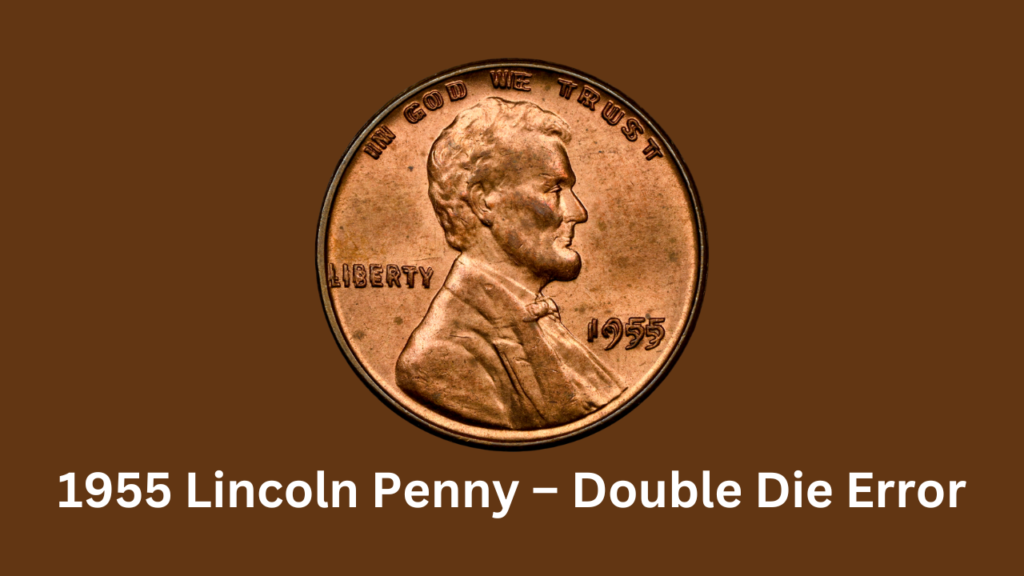
This double die error is what made the 1955 Lincoln cent notorious as it made the lettering and numerals of that year’s coin appear to be doubled. Because of that, this fault can be seen without magnification, and it has become one of the most immediately recognizable and valuable error coins currently in circulation. This is going to be a 1955 double die penny in excellent condition which can reach prices above $1,500.
1943 Copper Penny – Incorrect Metal Composition

The majority of the United States pennies produced in 1943 were steel. This was due to wartime efforts that found ways to conserve copper. Still, a few pennies were mistakenly minted in copper, making them extremely rare. A 1943 copper penny is one of the most valuable coins in the United States, perhaps fetching over a hundred thousand dollars at an auction because it is extremely rare and of great historical value.
1969-S Lincoln Penny – Double Die Error
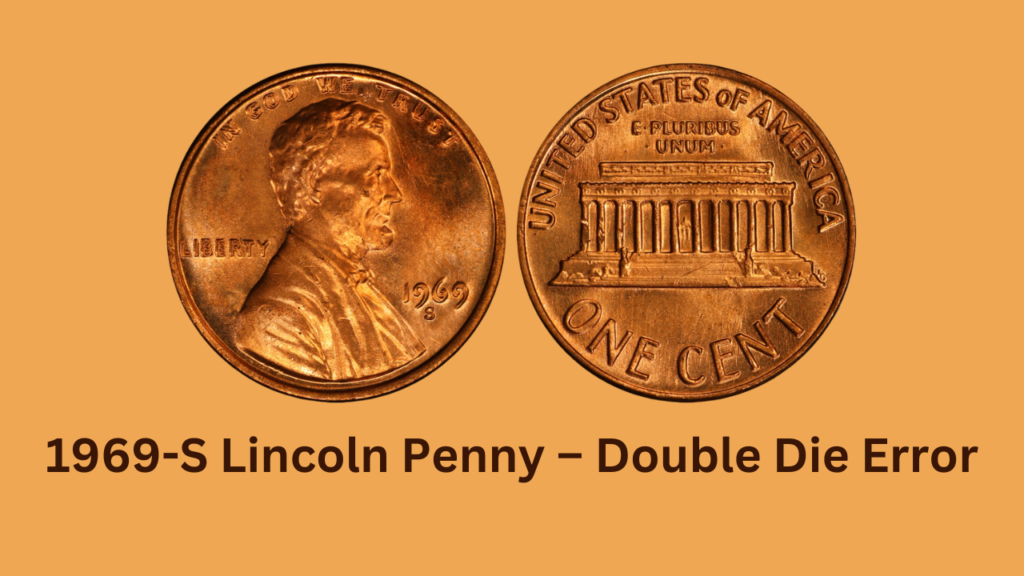
On the obverse side of the 1969-S Lincoln penny is a rare double die error in the words “LIBERTY” and “IN GOD WE TRUST.” This occurs so rarely. This coin is quite collectible because it was minted in San Francisco and bears a doubling flaw so rare. Based on its grade, copies that are very well-preserved can go for as high as $10,000.
2000 Sacagawea Dollar – “Wounded Eagle” Error
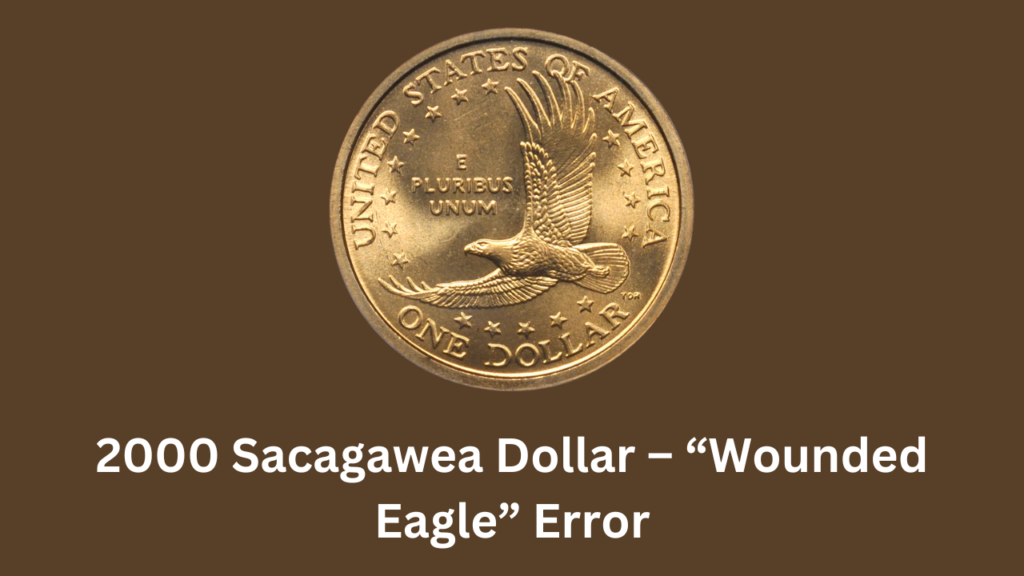
The “Wounded Eagle” error appeared on the Sacagawea dollar of the year 2000. This is a one-of-a-kind discovery. Because of this mistake that is brought by a die gouge, the chest of the eagle appears to have a line, similar to a wound. A “Wounded Eagle” dollar could be worth several hundred dollars up to several thousand dollars based on how well the coin is preserved.
1937-D Three-Legged Buffalo Nickel – Missing Leg Error
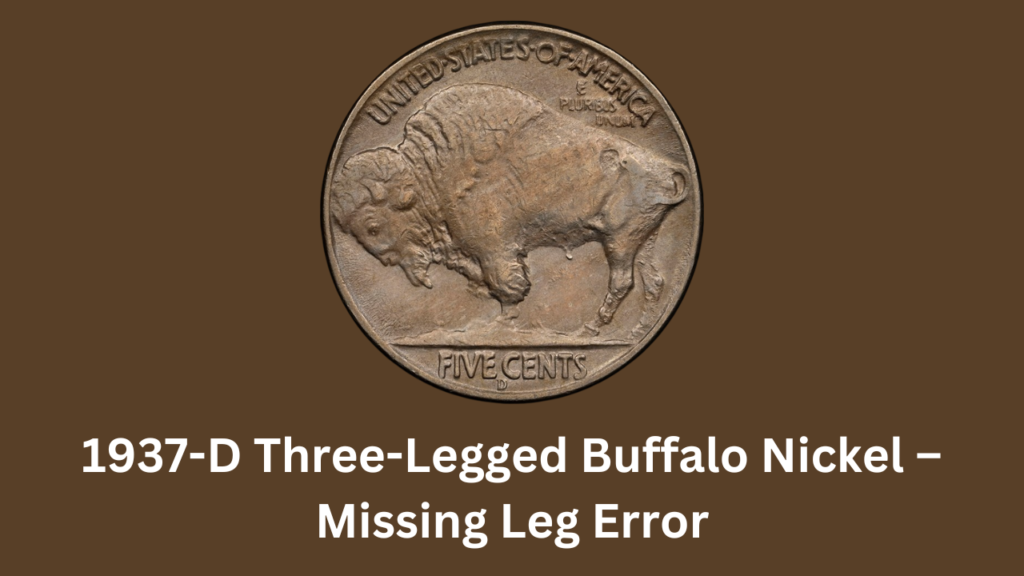
The 1937-D Buffalo nickel is one of those errors that everyone talks about because of its unique inaccuracy: three legged buffalo on the back side. Such an error is also called “three-leg buffalo.” This error occurred because the dies were intensively cleaned, which happened at the Denver Mint. Specimens of high grade for this coin will fetch some pretty good prices and, in a few cases, they were sold at a price of as much as $3,000.
1922 No D Lincoln Penny – Missing Mint Mark
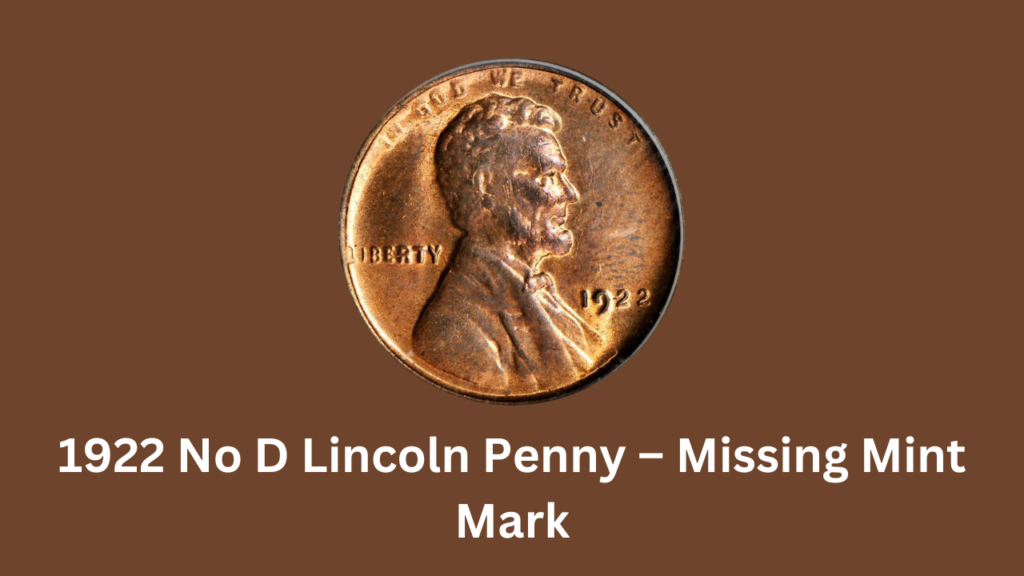
The Denver Mint made all of the Lincoln pennies in 1922, which accounted for this “D” mint mark. Others received these stamps inadvertently and were left without this marking. This formed an extremely rare type, the “No D.” Coins in excellent grade have sold for several hundred dollars to a few thousand dollars. These are extremely desirable.
| Coin Name | Year Issued | Mint Mark | Error Type | Value Range ($) |
|---|---|---|---|---|
| Bicentennial Quarter | 1976 | None | Silver Clad, Error | Up to $500+ |
| 1955 Lincoln Penny | 1955 | None | Double Die | Up to $1,500+ |
| 1943 Copper Penny | 1943 | None | Incorrect Metal | Up to $100,000+ |
| 1969-S Lincoln Penny | 1969 | S | Double Die | Up to $10,000+ |
| 2000 Sacagawea Dollar | 2000 | None | Wounded Eagle | Up to $500+ |
| 1937-D Buffalo Nickel | 1937 | D | Missing Leg | Up to $3,000+ |
| 1922 No D Lincoln Penny | 1922 | None | Missing Mint Mark | Up to $5,000+ |
Collecting U.S. Coins: An Appreciation of History and Rarity
In addition to their monetary value, rare United States coins minted incorrectly or that possess other odd characteristics are also valuable to history. Not only are these coins rewardingly enriching for collectors regarding the financial gain they could make, but these coins also offer an opportunity to give a piece of history to collectors. For whatever reason it may be, it sparked an urge in the minds of the numismatists and history fans to want those coins so badly. The abnormal way of minting or flaws in coin designs might be a cause.
FAQs
1. What makes certain Bicentennial Quarters rare?
Due to minting mistakes like double dies, off-center strikes, or missing features, some Bicentennial Quarters are extremely rare. These coins are highly valued by collectors and, if discovered, can have substantial value due to their distinctive flaws or characteristics.
2. Why are some Bicentennial Quarters worth a fortune?
Rare flaws like misprints, improper minting, or other irregularities can make Bicentennial Quarters extremely valuable. Due to their scarcity, collectors are drawn to these uncommon varieties, which make them extremely valuable and life-altering.
3. How can I identify a rare Bicentennial Quarter?
Check for minting mistakes including missing letters, off-center designs, or duplicated pictures. The most likely coins to be valuable are those that are uncirculated or in exceptional condition and have unique features. The coin’s rarity can be verified by professional coin grading.








